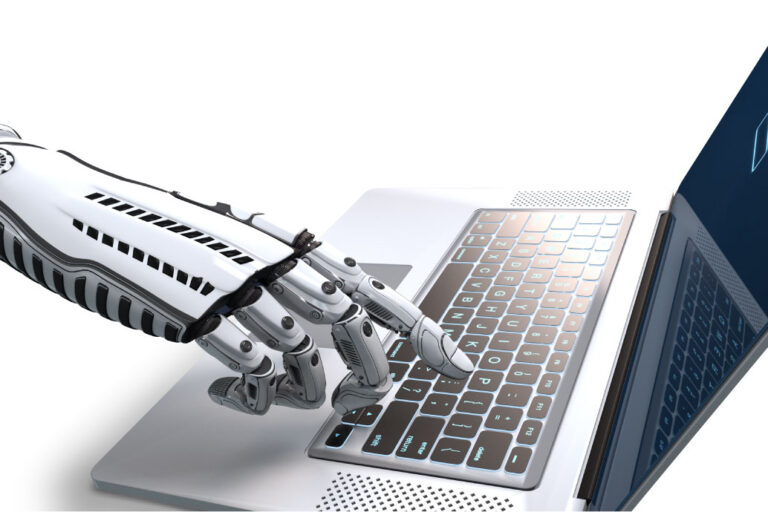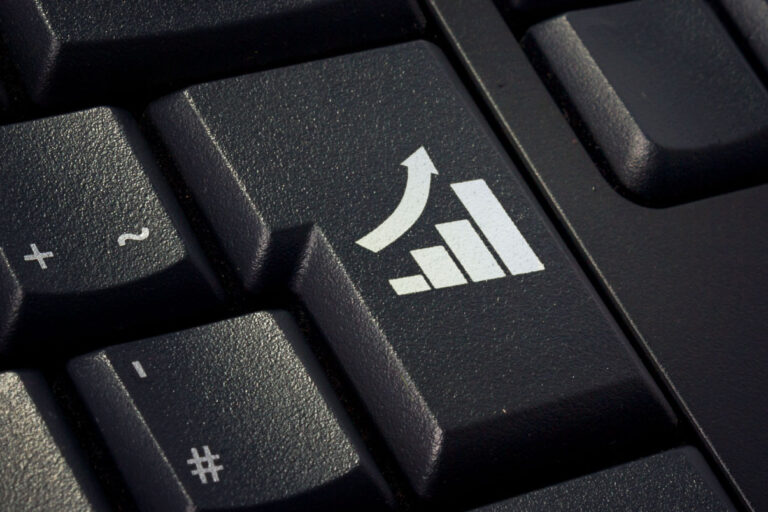In 2024, Brazil recorded 1,247 merger and acquisition operations, according to consultancy Kroll, and post-merger integration (PMI) (PMI) (PMI) is a key moment for the success of these transactions. Louro Tech, founded in 2024 by Felippe Pires, a former partner of XP and current CEO, solved this problem by combining artificial intelligence (AI), real-time data consolidation and an advanced CRM, reducing the average PMI time from long months to just a few days. Currently, the company manages more than R10 billion 20 billion R2000T2 assets and has 2000020T102
During PMI, there are several barriers to be faced by the companies involved. “Every minute counts. Integrating different systems is not only a technical issue 5 IS an operational risk that amplifies cultural shocks between teams. When essential information is lost in the transition, what was to be synergy becomes a” problem, explains Pires. The expert cites as an example, the integration of data that he Louro Tech has carried out between two companies. “Consolidate the historical commercial management data of the two companies to enhance synergies, for example, it would take at least two months. We reduce this time to three days, performing the merger without losing a single CEO, with a single one, one, one, one ACHR.
Another facilitator can be the tool used by organizations to analyze and manage their data. If companies involved in the merger or acquisition process previously use the same tool, the post-merger transition becomes much smoother. “The fact of using the same data structure greatly facilitates in PMI. And as the installation and implementation of the tool is very fast 'we configure and implement it within a week ', we can make the merger of companies more agile in terms of the management of the” data, adds the CEO.
Studies indicate that 41% of mergers and acquisitions fail due to failures in integration between companies, leading to significant financial losses. The inability to quickly consolidate strategic information can result in loss of customers, misalignment between teams and difficulties in adapting to new operational processes. The expert explains that an office that manages R$ 500 million in assets, for example, can spend an average of 16 hours a week correcting errors between disconnected spreadsheets 5 time that could be dedicated to attracting new customers.
Efficient data integration not only accelerates the operational transition, but also enables companies to ensure regulatory compliance and mitigate legal risks.Financial documentation and mandatory reports can be generated automatically, reducing errors and ensuring transparency for audits and regulatory bodies. “It is not just about consolidating data, but about ensuring that the entire operation runs smoothly, avoiding regulatory sanctions and optimizing the” time, Pires adds.
This efficiency directly impacts talent retention within the companies involved in the merger. An agile and well-structured process minimizes uncertainties, reducing the turnover rate of key professionals. Companies facing prolonged and disorganized transitions often lose strategic talent to competitors, compromising business continuity. Louro Tech's technology facilitates the adaptation of teams, ensuring that the merger achieves its growth objectives and operational synergy.











